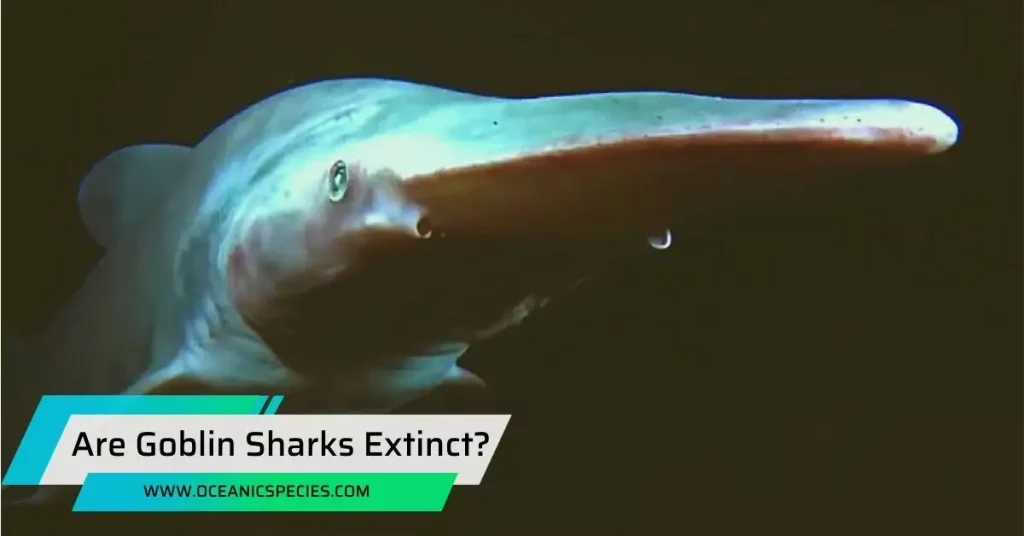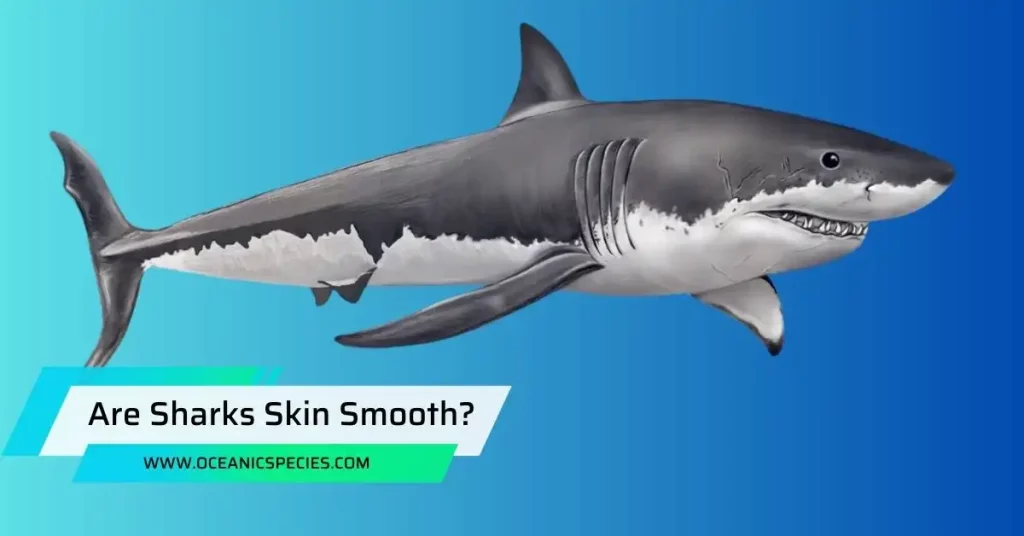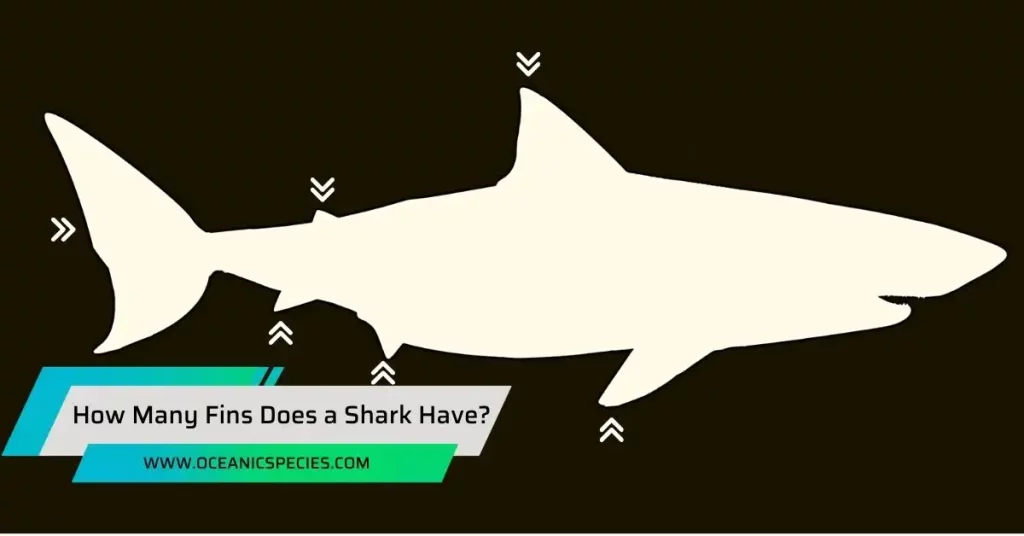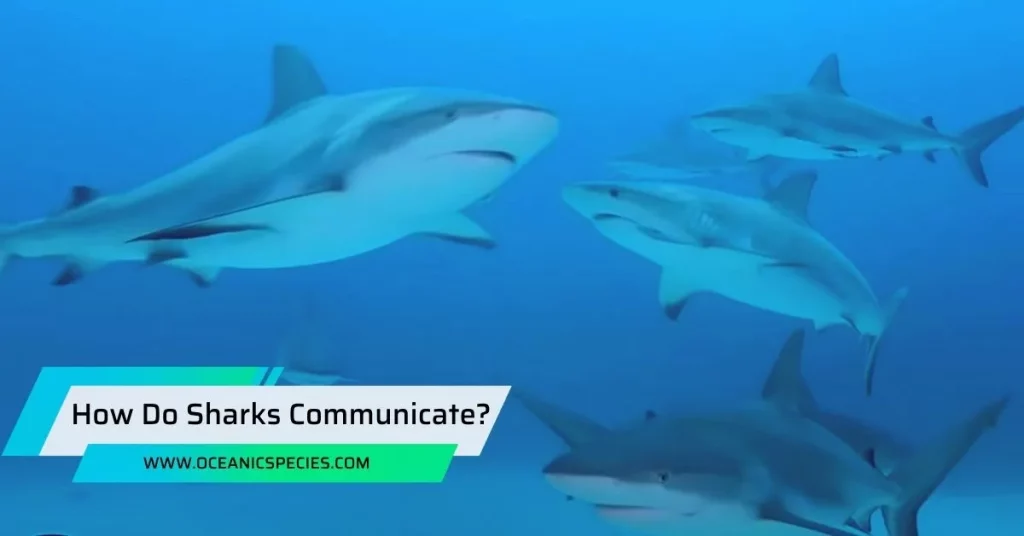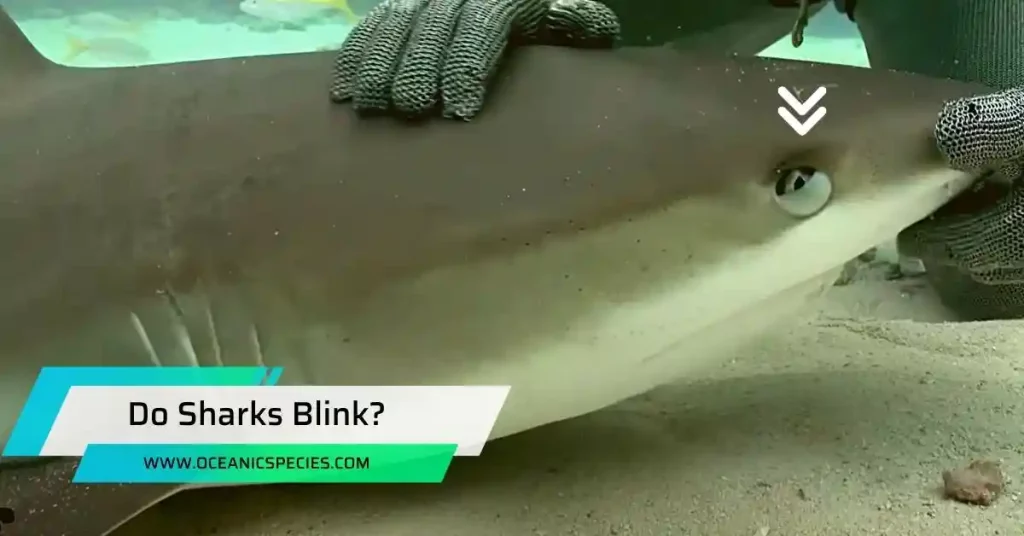Goblin sharks are not extinct. These rare deep-sea creatures still exist in various parts of the world.
While goblin sharks primarily dwell at depths of over 300 meters, they have also been found closer to the surface. Despite their existence, little is known about these mysterious creatures due to their elusiveness and deep-sea habitat.
However, recent discoveries and increasing underwater exploration have shed some light on the behavior and characteristics of these incredible sharks. We will delve deeper into the world of goblin sharks and explore what makes them so intriguing.
Goblin Shark: A Living Fossil?
The goblin shark, with its bizarre appearance and unique set of attributes, has long intrigued scientists and enthusiasts alike. Often referred to as a living fossil, this remarkable creature has defied extinction, surviving for millions of years relatively unchanged. In this section, we will delve into the evolutionary history of the goblin shark and discuss the evidence supporting its ancient origins.
Exploring The Evolutionary History Of The Goblin Shark
The goblin shark belongs to the Mitsukurinidae family, which dates back millions of years. This deep-sea-dwelling shark has endured millennia of evolution, adapting to its environment and maintaining its distinct features. Fossil records reveal that the goblin shark has undergone minimal morphological changes since prehistoric times. This indicates the species’ impressive ability to remain relatively unchanged amidst the ever-evolving natural world.
Despite its long-standing existence, the goblin shark has managed to survive through countless geological events and mass extinctions, demonstrating its exceptional resilience as a species. These ancient creatures are often referred to as “living fossils” because they offer insights into the past, providing scientists with valuable information about earlier forms of life on earth.
The goblin shark’s unique anatomical features, such as its elongated snout, protruding jaw, and retractable teeth, harken back to an era long gone. These characteristics offer glimpses into the ancient adaptations that enabled the species to thrive in its deep-sea habitat.
Current Status Of The Goblin Shark Population
In this section, we will explore the research and findings regarding these intriguing creatures as well as assess the potential threats they face.
Research And Findings On The Current Population Of Goblin Sharks:
According to recent research, the goblin shark population remains relatively unknown due to their deep-sea habitat and elusive behavior. Scientists have conducted limited studies on goblin shark populations, making it challenging to establish accurate estimates. Despite the lack of comprehensive data, researchers believe that goblin sharks have a wide distribution range, spanning various regions across the globe. The few observations made suggest that goblin sharks are a rare species, adding to their mystique and allure.
Assessing The Potential Threats To The Goblin Shark Species:
One of the main threats to the goblin shark population is commercial fishing. As deep-sea trawling and longline fishing practices increase, goblin sharks can become unintended bycatch, leading to a decline in their numbers. Habitat destruction is another significant concern for goblin sharks. As human activities, such as deep-sea mining and oil exploration, expand, these unique creatures may lose their natural environments.
Climate change poses additional challenges for goblin sharks. Alterations in temperature and oceanic currents can disrupt their food sources and mating patterns, potentially impacting their population. Limited regulations and protections for deep-sea species further expose goblin sharks to potential threats. Without adequate conservation measures in place, these remarkable creatures remain vulnerable.
Human Activities Impacting Goblin Shark Survival
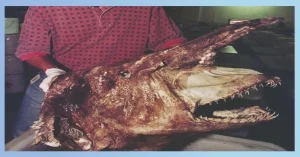
Goblin sharks’ survival is under threat due to several human activities. In this section, we will analyze the impact of commercial fishing on goblin shark populations and explore other human activities contributing to their endangerment.
Analyzing The Impact Of Commercial Fishing On Goblin Shark Populations:
- Overfishing: Excessive fishing, particularly in the deep-sea areas where goblin sharks reside, can deplete their populations. This occurs when their natural habitat becomes a target for commercial fishing operations.
- Bycatch: Goblin sharks often fall victim to bycatch, which refers to the unintentional capture of non-targeted species during fishing. The indiscriminate nature of commercial fishing techniques increases the risk for goblin sharks, as they can get entangled in fishing nets or caught on hooks.
- Destruction of habitat: Bottom trawling, a common fishing method, involves dragging a net along the seafloor to catch a variety of species. Unfortunately, this practice can cause significant damage to the delicate ecosystems that goblin sharks rely on for survival.
Other Human Activities Contributing To Goblin Shark Endangerment:
- Climate change: The rise in sea temperatures, ocean acidification, and changing ocean currents due to climate change can disrupt the natural balance of marine ecosystems, affecting the availability of prey for goblin sharks and potentially reducing their chances of survival.
- Pollution: The pollution of coastal areas and the dumping of harmful substances into the ocean have detrimental effects on marine life, including goblin sharks. Contamination of their habitats and the accumulation of toxins in their bodies can lead to various health issues and decrease their population numbers.
- Habitat destruction: Coastal development and destructive fishing practices can destroy important nursery areas for goblin sharks. By degrading or eliminating these habitats, we deprive them of crucial spawning and feeding grounds.
- Lack of conservation efforts: Insufficient regulation and enforcement of conservation measures pose a significant threat to goblin sharks. Without proper protection and management, their populations are left vulnerable to further decline.
Natural Factors Affecting Goblin Shark Numbers
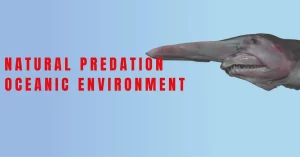
Goblin sharks’ numbers have been declining over the years. Examining natural predation and environmental factors is crucial in understanding the reasons behind this decline. Let’s take a closer look:
- Natural predation: The goblin shark’s main predator is the larger sharks, such as the great white and the tiger shark. They prey on juvenile and adult goblin sharks, impacting their population growth.
- Oceanic environment: The deep-sea habitat where goblin sharks reside is significantly affected by the surrounding oceanic environment. Factors like temperature, salinity, and currents can impact their survival and reproductive capabilities.
Climate Change And Its Potential Effects On The Goblin Shark Habitat:
Climate change has become a significant concern for many marine creatures, including the goblin shark. Here are some potential effects on their habitat:
- Rising water temperatures: Increasing ocean temperatures due to climate change can have adverse effects on the goblin shark’s physiology and behavior. They may struggle to adapt to these changes, affecting their survival.
- Ocean acidification: As carbon dioxide levels rise in the atmosphere, the ocean absorbs more of it, leading to increased acidity. This change in ph can harm the aquatic ecosystem and compromise the goblin shark’s survival.
- Changing currents and habitats: Climate change can alter ocean currents, potentially impacting the distribution and availability of suitable habitats for goblin sharks. Disruptions to these habitats can hinder their ability to find food and reproduce.
The Hunt For The Goblin Shark
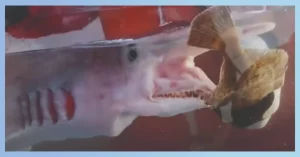
In this section, we’ll dive into the fascinating world of goblin shark hunting, exploring past sightings, recent discoveries, and the challenges faced in studying and tracking these enigmatic creatures.
Insight Into Past And Recent Goblin Shark Sightings
There have been sporadic reports of goblin shark sightings dating back to the late 19th century. These sightings were often met with skepticism due to the lack of concrete evidence. In recent years, advances in deep-sea exploration technology have allowed scientists to document and study goblin sharks more effectively. This has led to an increase in both confirmed sightings and new insights into their behavior and habitat.
Notable recent goblin shark sightings include those off the coasts of japan, south africa, and the united states. These encounters have provided valuable data for researchers working to unravel the mysteries surrounding these peculiar sharks.
Exploring The Challenges Of Studying And Tracking Goblin Sharks
The deep-sea environment where goblin sharks reside presents a significant challenge for researchers. Extreme pressure, vast darkness, and limited accessibility make studying and tracking these sharks a daunting task.
Another obstacle in studying goblin sharks is their elusiveness. These creatures are often solitary and have a wide range of movement, making it challenging to pinpoint their locations and monitor their populations accurately.
As goblin sharks are deep-sea dwellers, traditional tracking methods such as acoustic tagging are not feasible. Researchers are exploring alternative techniques, including the use of underwater cameras and remotely operated vehicles (ROVs), to gain insights into their behavior.
Conservation Efforts And Hope For The Goblin Shark
Despite their elusive nature, scientists and conservationists are working tirelessly to save this fascinating species. Read on to learn about the initiatives being taken and the hope that exists for the future of goblin sharks.
Highlighting Initiatives To Protect And Conserve Goblin Sharks:
- International collaboration: Various organizations and researchers around the world have come together to form a global network dedicated to the conservation of goblin sharks. By sharing knowledge and resources, they can work towards a common goal of preserving this unique species.
- Research and monitoring: Scientists are conducting extensive research on goblin shark populations to understand their behavior, distribution, and habitat requirements. This data is crucial for implementing effective conservation strategies.
- Habitat protection: Protecting the natural habitats where goblin sharks reside is crucial for their survival. Efforts are being made to establish marine protected areas and enforce regulations to reduce human impacts on these vulnerable ecosystems.
- Bycatch reduction: Goblin sharks often fall victim to accidental capture in fishing nets meant for other species. Collaborative efforts are being made to develop and implement bycatch reduction techniques to minimize harm to goblin shark populations.
How Scientists And Conservationists Are Working To Save The Species:
- Conservation breeding: In some controlled environments, scientists are successfully breeding goblin sharks to increase their numbers. This approach helps ensure the survival of the species and provides valuable insights into their reproductive biology.
- Public awareness and education: Raising awareness about goblin sharks and their conservation needs is crucial. Scientists and conservationists engage in outreach programs, educational initiatives, and media campaigns to educate the public and inspire action for the protection of these unique creatures.
- Policy advocacy: Scientists and conservationists work closely with policymakers and governmental bodies to advocate for regulations and policies that protect goblin sharks. Their expertise and research findings are instrumental in shaping policies that conserve these fascinating creatures.
- Sustainable fishing practices: Collaborations between conservationists and the fishing industry aim to promote sustainable fishing practices that minimize the impact on goblin shark populations and their habitats. By adopting responsible fishing methods, fishermen can help protect these species while supporting their livelihoods.
Frequently Asked Questions
How Unique Are Goblin Sharks?
Goblin sharks are incredibly unique due to their long snouts, protruding jaws, and retractable teeth.
What Do Goblin Sharks Eat?
Goblin sharks primarily feed on deep-sea creatures such as fish, squid, and crustaceans.
Where Can You Find Goblin Sharks?
Goblin sharks are predominantly found in the deep waters of the Atlantic, pacific, and Indian oceans.
How Deep Can Goblin Sharks Dive?
Goblin sharks can dive to extreme depths, reaching up to 4,265 feet in search of their prey.
Conclusion
In light of our exploration into the mysterious world of the goblin shark, it is clear that there is insufficient evidence to suggest that these creatures are extinct. While their elusive nature makes them inherently difficult to study, recent sightings and scientific documentation indicate that they are still present in the ocean’s depths.
As the ocean continues to reveal its secrets, it is crucial that we continue to protect and conserve these unique and fascinating species. By understanding more about the goblin shark, we can work towards preserving their habitats and ensuring their survival for future generations.

